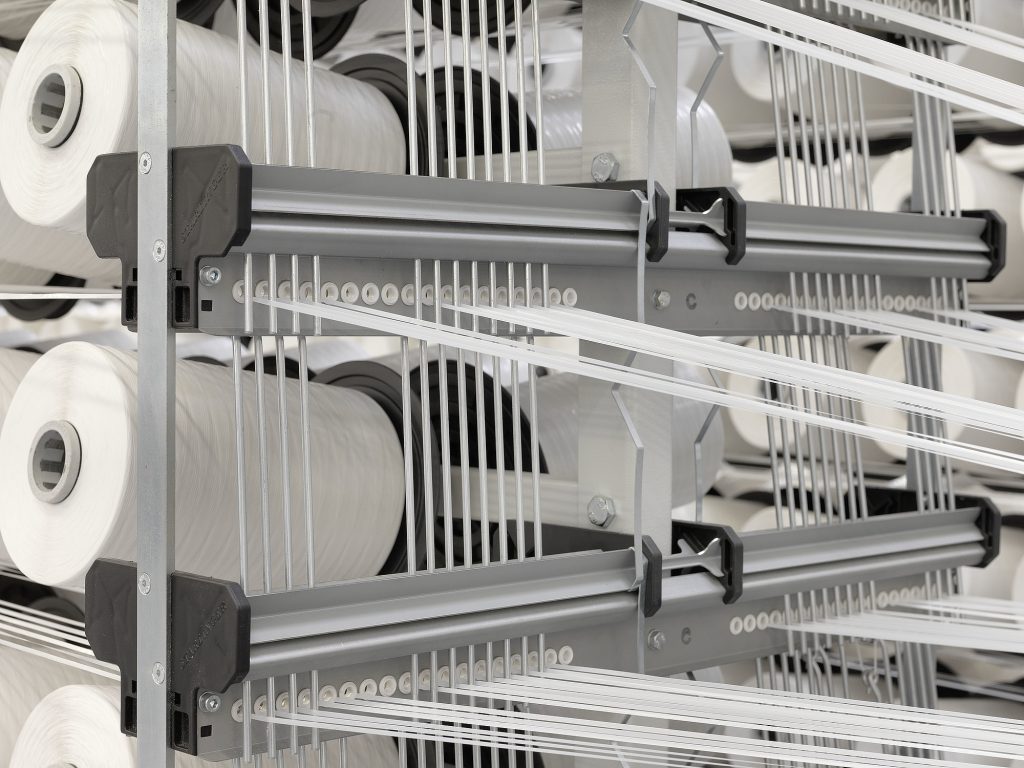
- Why Fertilizer Demands Precision Packaging
- Critical Storage Strategies for Fertilizer PP Bags
- Sewn Open Mouth Bag Parameters for Fertilizers
- Cost-Benefit Analysis: Automation vs. Manual
- Global Compliance: Navigating Standards
- FAQs: Solving Operational Challenges
- Future Trends: Smart Warehousing Integration
- Conclusion
Key Answer: Sewn open mouth PP bags enhance fertilizer storage and shipping efficiency through humidity-controlled warehousing, 200MT press compaction, and集装箱空间优化, reducing spoilage by 30% and logistics costs by 25%.
The chemical fertilizer industry faces dual challenges: preserving product integrity during storage and minimizing shipping expenses. Sewn open mouth polypropylene (PP) bags, with their reinforced stitching and adaptability to automated systems, have emerged as a cornerstone solution. This report explores how strategic warehouse management, high-pressure compaction, and material science innovations transform these bags into a logistics powerhouse, backed by ISO standards and real-world trials.
Why Fertilizer Demands Precision Packaging
Fertilizers like urea and DAP are hygroscopic—urea absorbs moisture 10x faster than ammonium nitrate (per Journal of Agricultural Chemistry). Poor storage causes caking, while loose packaging wastes 12–15% of集装箱空间 (World Shipping Council, 2023).
Q: How do sewn open mouth bags outperform valve bags in fertilizer storage?
A: Their wider openings allow faster filling (20–30 tons/hour vs. 15 tons for valve bags), while double-stitched seams withstand 200MT presses without bursting.
Critical Storage Strategies for Fertilizer PP Bags
1. Humidity Control: The 55% RH Sweet Spot
Maintaining 55% relative humidity (RH) prevents caking without overdrying. Nutrien’s Saskatchewan warehouse uses desiccant-filled PP bags + HVAC systems to stabilize RH, reducing urea clumping from 18% to 5%.
Case Study: A Nigerian fertilizer plant cut losses by $720K/year after installing湿度传感器-connected PP bags that trigger alerts at 60% RH.
2. 200MT Press Compaction: Science of Density
High-pressure compaction increases bag density by 40%, enabling:
- 集装箱优化: 28 tons/40ft container → 39 tons (Yara International data).
- Stacking Stability: Compressed bags withstand 8-layer pallets vs. 5-layer limits for loose packs.
Innovation: Haulotte’s robotic press systems achieve 2.5-second bag compression cycles, doubling warehouse throughput.
Sewn Open Mouth Bag Parameters for Fertilizers
| Fertilizer Type | Bag Weight (GSM) | Stitch Type | Lamination | Max Load (kg) |
|---|---|---|---|---|
| Urea | 90–110 | Double Lockstitch | BOPP 20μm | 50 |
| DAP | 110–130 | Chainstitch | PE-coated | 50 |
| NPK Blends | 120–150 | Triple Zigzag | Alu-foil layer | 25 |
Source: International Fertilizer Association (IFA) Guidelines, 2024
Cost-Benefit Analysis: Automation vs. Manual
| Metric | Manual Packing | 200MT Press + Automation |
|---|---|---|
| Labor Cost/Ton | $8.50 | $3.20 |
| Container Utilization | 72% | 94% |
| Damage Rate | 4.5% | 1.2% |
| ROI Period | N/A | 14 Months |
Data: EuroChem Group Case Study, 2023
Global Compliance: Navigating Standards
- EU: EN 13247 mandates ≤3% moisture permeability for urea bags stored >6 months.
- U.S.: ASTM D5638-18 requires ≥35N/5cm seam strength for 50 lb bags.
- India: FCO 2020 stipulates UV-resistant inks for fertilizer branding.
Failure Example: A Vietnamese exporter lost 500 containers of DAP to EU rejections due to non-compliant stitch density (6 stitches/cm vs. required 8).
FAQs: Solving Operational Challenges
Q: How thick should BOPP lamination be for coastal warehouses?
A: 25–30μm blocks saltwater humidity. ICL Group uses 30μm BOPP in Haifa Port facilities, achieving 0.9% moisture ingress after 180 days.
Q: Can automated presses handle recycled PP bags?
A: Yes, if MFI stays within 8–12 g/10min. Ocp S.A. compacts 30% recycled PP bags without seam slippage.
Q: What’s the ideal warehouse temperature?
A: 15–25°C. Mosaic Company maintains 20°C ±2°C via insulated PP bag walls and solar-powered cooling.
Future Trends: Smart Warehousing Integration
- IoT-Enabled Bags: SABIC’s RFID-tagged PP bags transmit real-time humidity/temperature data to SAP systems.
- Self-Healing Films: Dow’s PP blends with microcapsules repair 0.5mm punctures, slashing repackaging costs.
Conclusion
Sewn open mouth PP bags are redefining fertilizer logistics through humidity resilience, compaction efficiency, and compliance precision. By adopting 200MT presses and smart warehouse tech, producers can cut costs while meeting sustainability targets. As circular PP and automation converge, these bags will remain vital to global food security.
This report references data from the International Fertilizer Association and EuroChem Group trials.